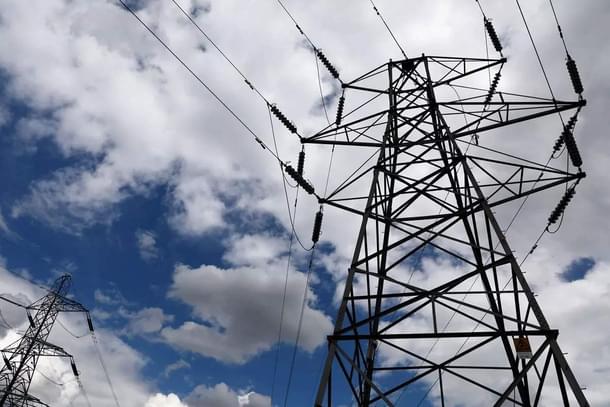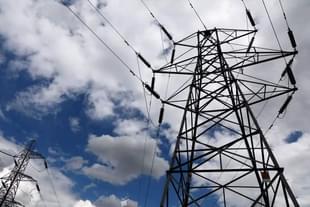World
A Three-Way Power Deal With India, Bangladesh, And Nepal As Partners Could Happen Soon
Swarajya Staff
Jun 26, 2023, 05:31 PM | Updated 05:36 PM IST
Save & read from anywhere!
Bookmark stories for easy access on any device or the Swarajya app.


A three-way power trade deal is set to reshape the energy landscape in South Asia, enabling Bangladesh to import hydroelectricity from Nepal through India's grid, as reported by Nikkei Asia.
Officials from Bangladesh's Ministry of Power, Energy, and Mineral Resources have confirmed, as per the original report, that the proposed pact is expected to be signed in the next month.
The deal was finalised after Bangladesh and Nepal reached an agreement with India on the use of a high-voltage transmission line. Bangladesh has been grappling with frequent blackouts and a shortage of fuel imports due to a foreign currency crunch.
On the other hand, Nepal produces a surplus of hydroelectricity during its wet season and has been seeking an opportunity to export the excess to Bangladesh.
The use of the high-voltage transmission line, funded by the Asian Development Bank, will pave the way for bilateral electricity trade between Bangladesh and India. Initially, Nepal plans to export 50 megawatts of electricity to Bangladesh, with the potential to increase it to 500 MW within a year.
Both countries are also considering the construction of a dedicated transmission line through India, with two potential routes already identified.
This proposed 500 MW export deal would be a significant supplement to Bangladesh's current generation capacity, which is hampered by operational challenges and frequent load shedding due to fuel shortages.
The arrangement holds importance for both Nepal and Bangladesh. For Nepal, it represents its first electricity export beyond India and an opportunity to utilise its excess hydroelectric power during the wet season.
Bangladesh, on the other hand, will benefit from a steady supply of renewable power, reducing its dependence on external fuel sources.
The deal aligns with the renewable energy goals of both countries, as India aims to generate 500 gigawatts from non-fossil sources by 2030, while Bangladesh plans to increase the share of renewable energy in its power mix to 40 per cent by 2050.
Observers view this tripartite deal as a significant milestone for South Asia, emphasizing the importance of strengthening regional interconnections for long-term energy sustainability.
Countries like Nepal and Bhutan possess substantial untapped hydropower potential that could be harnessed through regional grid connectivity, benefiting the entire South Asian region with clean energy.
Cross-border electricity trade is already occurring at the bilateral level, and this development marks a step forward in expanding and optimising regional energy cooperation.





